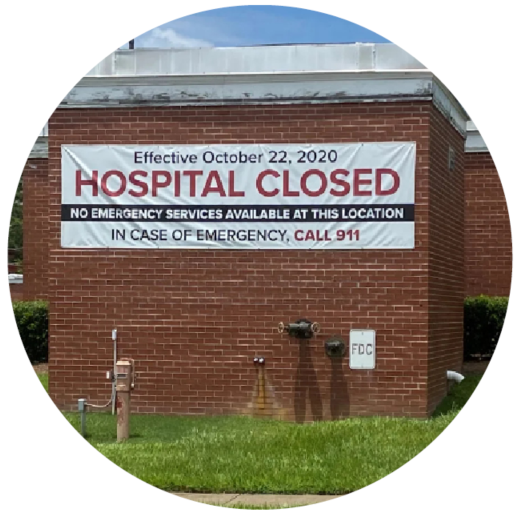Payment Policy, Reimbursement & Funding
Programs and organizations leveraging the many professions in an expanded health care team may be able to use a variety of funding sources. Grant funding often serves as a valuable source for establishing and exploring new opportunities with these professionals. In some cases, organizations may opt to financially support a program using their own resources — such as an ambulance service funding its own community paramedicine program. In other cases, individual health care organizations may establish reimbursement contracts directly with insurance companies. These financing and funding options — grants, self-funding and private contracts — often have limited scale and long-term sustainability. Leveraging and growing the use of an expanded health care workforce to meet existing health care gaps and needs without additional funding opportunities may be challenging.
State policymakers have several opportunities to explore in order to enable more sustainable funding mechanisms for these professions. However, establishing reimbursement opportunities, through Medicaid state plan amendments, program changes or legislation, may require identifying and establishing clear training and/or licensing requirements. While standardizing requirements could enable new payment and financing opportunities, if required training or educational options are not available, new requirements could create barriers to entering the professions.
Increased adoption of alternative payment models, including value-based payment, may create additional financing opportunities for a broader set of health care professionals as part of interdisciplinary care teams. Additional policy changes and approaches, such as state plan amendments or Section 1115 demonstration waivers for the Medicaid program, may allow states to explore new reimbursement approaches for an expanded set of health care professionals. Several state Medicaid programs, for example, have utilized state plan amendments to support doulas and increase access to prenatal and postpartum services.
Other policy changes, such as waiving elements of existing scope of practice rules, may also allow states to test innovative models and programs utilizing the expanded health care team professionals. In 2014, California waived portions of the health and safety code and approved a community pilot study in 13 communities.
While many programs and efforts currently leverage the expanded health care workforce — including here in Kansas — the long-term sustainability of these programs and their growth into new and additional communities is likely limited without sustainable funding and reimbursement mechanisms.













